INTRODUCTION
PARABACT TABLET is a combination of Ciprofloxacin and Tinidazole which belongs to the group of medicines called Antibiotics and Antiprotozoals respectively. It is indicated for the treatment of a wide variety of infections caused by susceptible Gram-positive and Gram-negative organisms along with anaerobes and protozoa.
PARABACT TABLET is not recommended for use in patients with a history of blood disorders, peripheral neuropathy and if you are allergic to this medicine.
Before taking PARABACT TABLET inform your doctor if you have epilepsy or other neurological conditions, tendon problems, diabetes, myasthenia gravis (a type of muscle weakness) including kidney, liver or heart problems.
PARABACT TABLET is not recommended for use during pregnancy and during breastfeeding including three days following the last dose of PARABACT TABLET.
PARABACT TABLET is not recommended for use in children and it should be used with caution in elderly patients (aged 65 years and above).
The common side effects of taking PARABACT TABLET are nausea, vomiting, diarrhea, stomach pain, loss of appetite and skin rashes. Consult your doctor if any of the side effects bothers you or worsens.
USES OF PARABACT TABLET
Treats wide variety of infections caused by susceptible Gram-positive and Gram-negative organisms along with anaerobes and protozoa
HOW PARABACT TABLET WORKS
PARABACT TABLET effectively treats infection, where ciprofloxacin works by killing bacteria that cause infections. It only works with specific strains of bacteria. Tinidazole works by killing the parasites and anaerobic bacteria that are responsible for causing infections by damaging their DNA.
DIRECTIONS FOR USE
Take PARABACT TABLET as advised by your physician. Swallow PARABACT TABLET with a glass of water. Do not crush or chew the medicine. Your doctor will decide the correct dose and duration of PARABACT TABLET for you depending upon your age, body weight and disease condition.
SIDE EFFECTS OF PARABACT TABLET
COMMON
Diarrhoea
Joint pain and inflammation
Nausea, vomiting
Loss of appetite
Stomach pain or cramps
Headache
Vertigo (head spinning sensation)
Skin rash or itching (especially affecting the whole body)
UNCOMMON
Fungal superinfections
Decreased appetite (anorexia)
Hyperactivity or agitation
Headache, dizziness, sleeping problems or taste disorders
Vomiting, abdominal pain, digestive problems such as stomach upset (indigestion/heartburn)
Rash, itching or hives
Pain in muscles and bones, feeling unwell or fever
RARE
Muscle pain, increased muscle tone and cramping ? inflammation of the bowel (colitis)
Allergic reaction, swelling (oedema) or rapid swelling of the skin and mucous membranes
Confusion, disorientation, anxiety reactions, strange dreams or hallucinations
Tingling and prickling sensation, unusual sensitivity to stimuli of the senses, decreased skin sensitivity, tremors or giddiness
Eyesight problems including double vision
Tinnitus (ringing in ears), loss of hearing, impaired hearing
Rapid heartbeat (tachycardia)
Low blood pressure or fainting
Shortness of breath, including asthmatic symptoms
Urinary tract inflammation
Excessive sweating
Stop taking PARABACT TABLET and contact your doctor immediately if you experience any of the following side effects:
Seizure or fits
Severe, sudden allergic reaction with symptoms such as tightness in the chest, feeling dizzy, sick or faint or experience dizziness when standing up
Muscle weakness, inflammation of the tendons which could lead to rupture of the tendon, particularly affecting the large tendon at the back of the ankle
Serious life-threatening skin rash, usually in the form of blisters or ulcers in the mouth, throat, nose, eyes and other mucous membranes such as genitals which may progress to widespread blistering or peeling of the skin (stevens-johnson syndrome, toxic epidermal necrolysis
HOW TO MANAGE SIDE EFFECTS
Stomach pain:
Rest and relax. Eat and drink slowly or try to have smaller and frequent meals. Keep a heat pad on your stomach. Do not self-treat on your own and consult your doctor if the symptom does not improve.?
Nausea or vomiting:
Try to take PARABACT TABLET with or just after a meal or a snack. Stick to simple meals. Avoid eating oil rich, fried or spicy foods. Consult your doctor if the symptom does not improve.
Diarrhoea:
Drink lot of fluids such as water or fruit juices to keep yourself hydrated. Avoid taking any medicine on your own for treating diarrhea. Consult your doctor if the symptom does not improve.
Headache: ?
Rest and relax. Drink plenty of fluids such as water. Apply a pain-relieving balm on the forehead if required. Do not consume too much of alcohol. Consult your doctor if the symptom does not improve.
WARNING & PRECAUTIONS
PREGNANCY
PARABACT TABLET should not be used during pregnancy. Consult your doctor for advice.
BREASTFEEDING
PARABACT TABLET is not recommended for use during breastfeeding and for three days following the last dose as it may passes through breast milk. Consult your doctor before taking PARABACT TABLET.
DRIVING AND USING MACHINES
Do not drive or operate any machines while taking PARABACT TABLET as it may make you feel less alert and cause neurological problems.
ALCOHOL
Avoid consumption of alcohol while taking PARABACT TABLET.
KIDNEY
PARABACT TABLET should be used with caution in patients with kidney problems. Consult your before taking PARABACT TABLET.
LIVER
PARABACT TABLET should be used with caution in patients with liver dysfunction. Consult your doctor before taking PARABACT TABLET.
ALLERGY
Do not take PARABACT TABLET if you are allergic to ciprofloxacin, tinidazole or quinolone drugs such as levofloxacin or moxifloxacin.
HEART DISEASE
PARABACT TABLET should be used with caution in patients with heart problems, slow heart rhythm, weak heart, history of heart attack and if you have personal or family history of prolonged QT interval. Consult your doctor before taking PARABACT TABLET.
OTHERS
PARABACT TABLET is not recommended for use if you have:
Blood disorder or a history of blood disorders
Peripheral neuropathy
Before taking PARABACT TABLET, inform your doctor if you:
Have epilepsy or other neurological conditions
Have tendon problems during previous treatment with antibiotics such as ciprofloxacin
Have diabetes
Have myasthenia gravis (a type of muscle weakness)
Have glucose-6- phosphate dehydrogenase (G6PD)
Have enlargement or bulge of a large blood vessel (aortic aneurysm or large vessel peripheral aneurysm)
Have a family history of aortic aneurysm or aortic dissection or other risk factors or predisposing conditions (such as connective tissue disorders like marfan syndrome or vascular ehlers-danlos syndrome)
Are going to blood or urine sample
Use in Paediatrics:
PARABACT TABLET is not recommended for use in children. Consult your child?s doctor for advice.
Use in Geriatrics:
PARABACT TABLET should be used with caution in elderly patients (aged 65 years and above). Consult your doctor before taking PARABACT TABLET.
INTERACTIONS
A. Drug-Drug interactions:
Before taking PARABACT TABLET, inform your doctor if you are taking any of the following medicines:
Vitamin K antagonists (warfarin, acenocoumarol, phenprocoumon or fluindione) or other oral anti-coagulants (used to prevent or treat blood clots)
Theophylline (used for breathing problems)
Phenytoin (used to treat epilepsy)
Probenecid (used to treat gout)
Ropinirole (used for parkinson?s disease)
Methotrexate (used to treat certain types of cancer, psoriasis and rheumatoid arthritis)
Tizanidine (used to treat muscle spasticity in multiple sclerosis)
Olanzapine, clozapine (used to treat schizophrenia)
Metoclopramide (used to treat nausea and vomiting)
Cyclosporin (used to treat skin conditions, rheumatoid arthritis and to prevent organ rejection after transplantation)
Antiarrhythmics such as quinidine, hydroquinidine, disopyramide, amiodarone, sotalol, dofetilide, ibutilide (used to treat irregular heartbeat)
Agomelatine, duloxetine, tricyclic antidepressants such as amitriptyline (used to treat depression)
Macrolides antibiotics such as azithromycin, erythromycin (used to treat bacterial infections)
Zolpidem (used to treat sleep disorders)
Pentoxifylline (used to treat circulatory disorders)
Caffeine (used as CNS stimulant)
Lidocaine (used for heart conditions or anaesthetic use)
Sildenafil (used to treat erectile dysfunction)
B. Drug-Food interaction:
Do not eat or drink any dairy products (such as milk or yoghurt) or drinks with added calcium when you take this medicine, as they may affect the absorption of this medicine. Also, do not drink wine, beer or spirits during treatment and for 3 days after stopping treatment with this medicine. Remember to drink plenty of fluids while you are taking this medicine.
Overdosage:
If you or anyone else accidentally take too much of PARABACT TABLET, contact your doctor immediately or go to a hospital straight away. Overdosage symptoms of PARABACT TABLET includes dizziness, tremor, headache, tiredness, seizures, hallucinations, confusion, abdominal discomfort, renal and hepatic impairment, blood in urine and possibility of QT interval prolongation. ????
SYNOPSIS
Drug :?? Ciprofloxacin, Tinidazole
Pharmacological Category :?? Fluoroquinolones, Nitroimidazole antimicrobials???????????????????????????
Therapeutic Indication :?? Treats Bacterial and Parasitic infections? ? ? ? ?
Dosage Forms :?? Tablet, Syrup, Suspension
MORE INFORMATION
Keep PARABACT TABLET out of reach of children
Store at room temperature ?
FAQs ABOUT PARABACT TABLET
Does PARABACT TABLET cause diarrhea?
Yes, the use of this medicine may cause diarrhea in some individuals. To manage this side effect, drink lot of fluids such as water or fruit juices to keep yourself hydrated. Avoid taking any medicine on your own for treating diarrhea. Consult your doctor if the symptom does not improve.
Can PARABACT TABLET be used in breast-feeding women?
PARABACT TABLET is not recommended for use during breastfeeding and for three days following the last dose as it may passes through breast milk. Consult your doctor before taking it.
Is PARABACT TABLET safe to use in patients with heart problems?
PARABACT TABLET should be used with caution in patients with heart problems, slow heart rhythm, weak heart, history of heart attack and if you have personal or family history of prolonged QT interval. Consult your doctor before taking PARABACT TABLET.
Can I drive or operate machines after taking PARABACT TABLET?
Do not drive or operate any machines while taking PARABACT TABLET as it may make you feel less alert and cause neurological problems. You can resume your activities once if you feel normal. Consult your doctor for advice before taking it.??????
What are the common side effects of PARABACT TABLET?
The most common side effects of taking PARABACT TABLET are nausea, vomiting, diarrhea, stomach pain or cramps, headache, vertigo, loss of appetite, skin rash and itching (especially affecting the whole body). Consult your doctor if any of the side effects bothers you or worsens.
REFERENCES
1. KD Tripathi. Antibiotics. Essentials of Medical Pharmacology Seventh edition. May 2013. Page ? 849.
2. Bo Shen, Victor W Fazio, Feza H Remzi, Ana E Bennett, Rocio Lopez, Aaron Brzezinski, Ioannis Oikonomou, Kerry K Sherman, Bret A Lashner. Combined ciprofloxacin and tinidazole therapy in the treatment of chronic refractory pouchitis. NIH National Library of Medicine, National center for biotechnology information. Pubmed.gov. April 2007. [Accessed on April 1st 2022] https://pubmed.ncbi.nlm.nih.gov/17279300/
3.?M Malhotra, J B Sharma, S Batra, R Arora, S Sharma. Ciprofloxacin-tinidazole combination, fluconazole- azithromicin-secnidazole-kit and doxycycline- metronidazole combination therapy in syndromic management of pelvic inflammatory disease: a prospective randomized controlled trial. NIH National Library of Medicine, National center for biotechnology information. Pubmed.gov. December 2003. [Accessed on April 1st 2022] https://pubmed.ncbi.nlm.nih.gov/14701947
4.?Cipla Ltd. Ciplox-TZ Tablets (Ciprofloxacin + Tinidazole). Ciplamed. [Revised in April 2022] [Accessed on April 1st 2022] https://ciplamed.com/content/ciplox-tz-tablets
5.?Stallion laboratories Pvt. Ltd. National Agency for Food and Drug Administration and Control (NAFDAC). [Accessed on April 1st 2022]?https://www.nafdac.gov.ng/wp-content/uploads/Files/SMPC/CIPROFLOXACIN%20AND%20TINIDAZOLE%20TABLETS.pdf
USEFUL DIAGNOSTIC TESTS
Complete blood count
PRODUCT DETAILS
Net Qty
1 N
Ingredient
CIPROFLOXACIN 500 mg+TINIDAZOLE 600 mg
Hsn Code
30049099
Show more
Only logged in customers who have purchased this product may leave a review.
Reviews
There are no reviews yet.


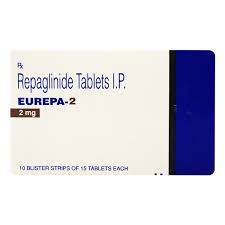
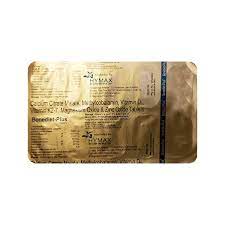
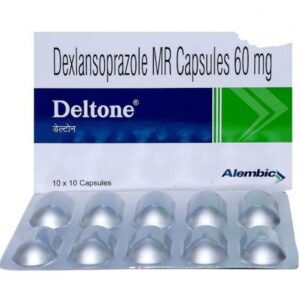
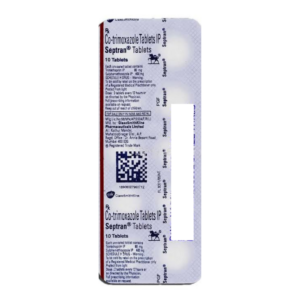
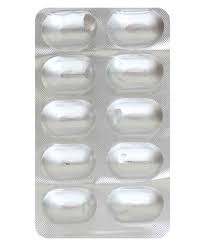
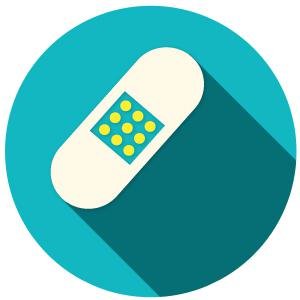
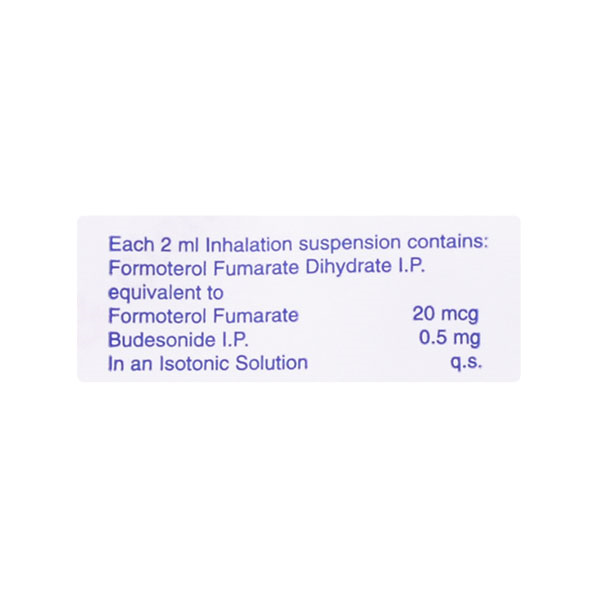
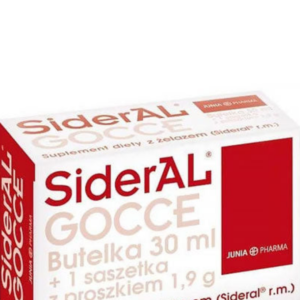

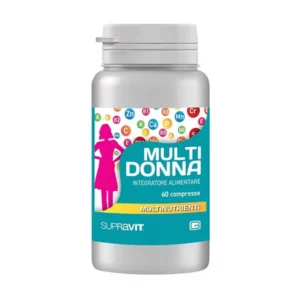

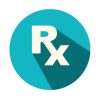


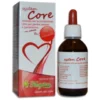

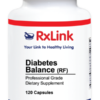
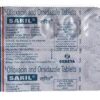


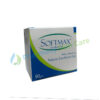

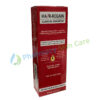
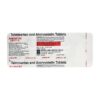

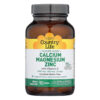
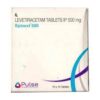
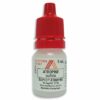

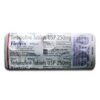
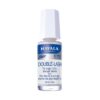
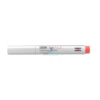

Reviews
There are no reviews yet.